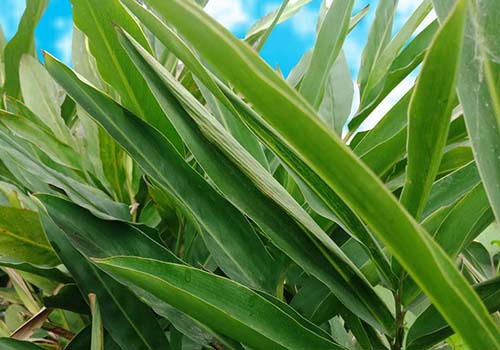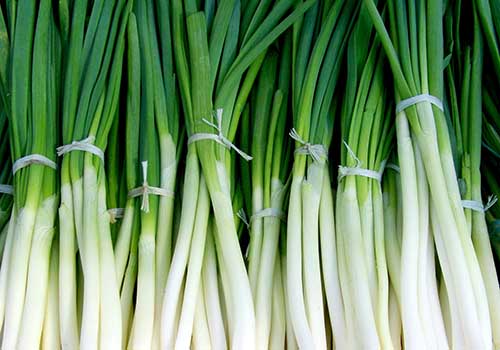Chilli growing: Capsicum scientific name Capsium frutescens L; Capsium annuum L. belongs to Ca Ca Solanaceae. Chili is a herbaceous plant. The trunk of the tree becomes woody and can live for several years. It has many smooth branches; leaves alternate, oblong, pointed; Flowers grow alone in the leaves. Chili have many different names such as Chili , lama, rhinoceros pepper, sea … The Chili grows to the ground, only in Chili, only the fruit turns to the sky, spicy or sweet. …. Parts of the plant such as fruits, roots and leaves are also used to cure many diseases.
The chili tree is native to South America, originating from a number of wild species, domesticated and cultivated in Europe and India more than 500 years ago.
The technical process of growing chili is divided into the following steps:
Step 1: Choose the same
Some popular hot peppers are now grown: Buffalo Horn Peppers, Hybrid TN 255, TN 256, Natural Chilli TN720, Korean Hot Peppers TN-185, Indian Hot Peppers TN-198, Hot Peppers GN- 10 ….. You can get the same chili by choosing old, big cherries, no pests to get seeds, then soaking through chrysanthemum tea or hydrogen peroxide to keep the seeds healthy, or you can also buy them Seedlings to plant. However, we recommend selecting commercially available seeds at reputable plant varieties, because the seeds here have been selected, through treatment and better resistant to disease.
Step 2: Prepare the soil
Chili soils choose porous, well-drained, well-drained soil, with porous structures such as sandy soil, loamy clay soil, riverside alluvial soil and rice cultivation land, soil with little or no salinity contamination, has a good nutritional content, soil pH = 5.5-6.5. Should use agricultural mulch (Plastic) to grow chili very well. Using a 1.2 m wide agricultural mulch, planted in rows, worked closely with the soil, plowed 20–25 cm deep, exposed for 10-15 days, rose 20cm high and 1m wide. (May be higher or wider depending on the region. land). To increase nutrients and eliminate bacteria in the soil, it is recommended to apply 1 layer of lime and NPK fertilizer.
Step 3: Planting techniques
Seasoning: The home-grown Chili can be grown all year round. But the time when the tree grows well, the least pests are sowing from August to September and planting in September. After about 1 to 2 months of planting, that means from December to January, the harvest begins. The harvest may last until April of next year.
Soaking, incubating seeds: The amount of seed needed for 1ha depends on the variety and germination rate. about 150-200g / 1ha. When buying seeds, you need to soak in clean water without salinity from 6-8h, then soak them with Funomyl fungicide (1g of medicine mixed with 1l of water) for 30 ‘. Pick and wash, drain, wrap damp cloths and put in Nylon bag tightly closed to limit evaporation. Then bring the incubation seed pack at a temperature of 27 -28oC, most of the chili varieties start to sprout maafms after 48 hours, if the seed has cracked, sow, do not let the seeds have long roots because the seedlings will be weak and when Sowing prone to sprouting.
Sowing seeds: Sow in nylon bags, banana leaves or porous pans, after sowing seeds into pots, spread one more thin layer of manure, carefully screened to fill the seeds, spray 1 time of Basudin to prevent ants and crickets and soil worms vandalism, watering, moisturizing so that seeds can germinate easily. Taking good care of seedlings to control pests and diseases, if there is no decomposed animal manure, it can be irrigated with NPK, DAP, Urea or fertilizer to produce Bao Dac roots …,
Planting method: When the plant has 4 to 5 true leaves (after 25 – 35 days of sowing), choose plants that grow well, are free from pests and diseases, can be planted, density of planting distance depends on the variety. , soils and climate .. however should not be planted too thick, will make the tree not enough nutrition, light, create more pests and reduce productivity.
Caring: The rainy season should ensure good drainage, the dry season must be fully watered, trenched (watered) is the best method and save water, do not splash soil on the leaves, keep moist for a long time to increase efficiency. During flowering and fruiting period, sufficient water should be provided to prevent fruit drop. Irrigation too wet or too drought prone to occur the following cases: Deciduous flowers, fruit fall; Trees grow poorly; Reduce the number of cotton, reduce fruit quality, low yield. conducting branch pruning when the sun is dry, pruning branches and leaves below the branching points so that the chili tree is wide open and the root is clear. Start making truss for the tree, the frame is made of nylon rope stretched to both ends of the bed, and the rig helps the tree stand, easy to collect fruits, prolong harvest time, limit fruit pests caused by falling. many fruits meet strong winds that easily fall, so plugging (about 1m long le tree) support, each stick a le tree, oblique plug tied into the main body, can use nylon strings along the line to support the bearing branch fruit, limiting broken branches when bearing left heavy.
Fertilizing the plants: Basal fertilizing (Before planting): 50kg of lime and 500 -1,000kg of decomposed animal manure, 25kg of super phosphate, 1.5kg of Potassium, 1kg of Calcium nitrate, 5-7kg of NPK (16-16-8). Using agricultural mulch to limit weeds, pests, reduce fertilizer loss, irrigation water, Top dressing: Fertilize should be divided into 4 times: (May be longer depending on the harvest time). During the fruiting period, chili peppers often suffer from rotten tail







